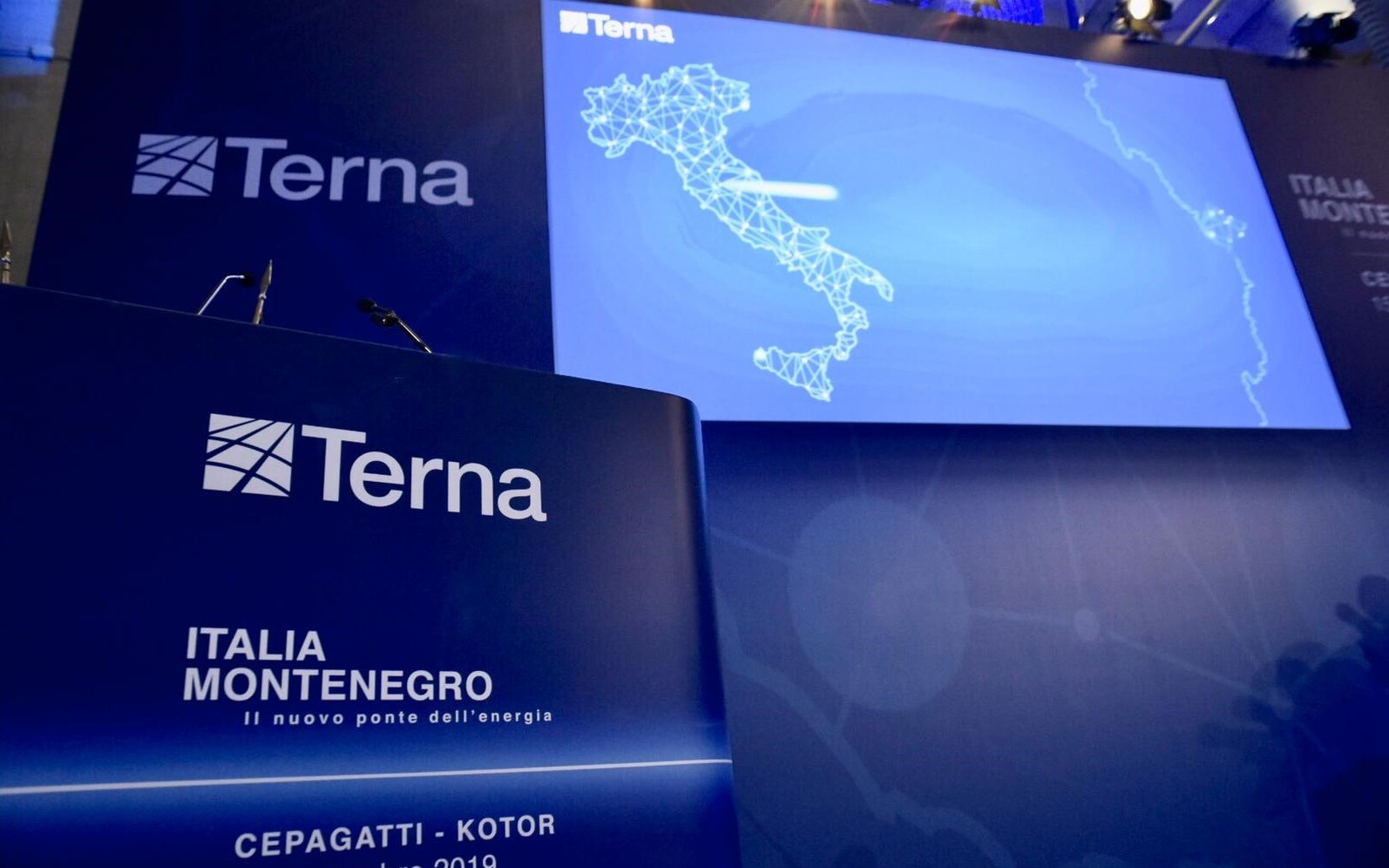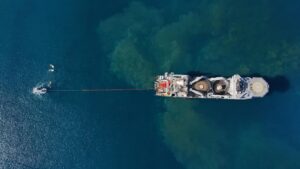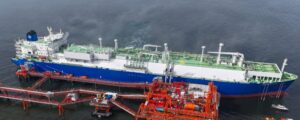Terna Inaugurates Italy – Montenegro Power Link
Terna, the company that manages the Italian electricity grid, has inaugurated new power line that will connect Italy with Montenegro and, therefore, connect the Balkans to Europe for the first time.

The power line, linking Cepagatti and Kotor, was inaugurated in the presence of the president of the Italian Republic, Sergio Mattarella and the president of Montenegro, Milo Đukanović.
The DC infrastructure is scheduled to enter into service by the end of the year and will allow a bi-directional exchange of electricity between the two countries, initially for 600 MW of power which will then become 1,200 MW when the second cable is laid.
The total value of the project is estimated at around € 1.1 billion.
The works will involve the longest high-voltage undersea connection ever built by Terna, a 423 km of cables have been laid under the Adriatic Sea, at a maximum depth of 1,215 meters, with a further 22 km of underground cable, 16 km in Italy and 6 km in Montenegro.
The undersea cables have been laid on the Adriatic seabed through three separate laying campaigns, which took place between 2015 and 2017. Two-way power exchange will make it possible to diversify supply and strengthen reliability, efficiency, security, environmental sustainability and resilience of the electricity grids on both sides of the Adriatic.
It will also allow the potential for production from renewable sources, available both in Italy and in the Balkan area, to be fulfilled.
The Italy-Montenegro interconnection, a result of solid bilateral energy cooperation sanctioned by intergovernmental agreements between the two countries, which were signed in December 2007 and 2010, is considered to be of strategic importance for the integration of electricity markets on a continental level.
The infrastructure has actually been included as a Project of Common Interest (PCI) by the European Commission, which co-financed feasibility studies as part of the priority electrical infrastructure support programme Trans-European Network (TEN) in 2008 with the European bank EBRD (European Bank for Reconstruction and Development) which financed the Montenegro cost-benefit analysis.
By connecting to the electricity grids of Bosnia, Serbia, Kosovo, Albania and, through Serbia, Bulgaria and Romania, as well as the Italian and therefore European one, Montenegro will be able to serve as an electricity exchange platform between Eastern and Western nations.
“I am delighted to inaugurate this crucial and innovative infrastructure, which is a fundamental step for the European Energy Union and is crucial for the integration of the whole Balkans area into the European Union, via Italy. This project is the driving force of development for a series of opportunities related to the security of the interconnected energy systems and for managing flows on the electricity grid, and is necessary for an integrated electricity market that is increasingly reliable, efficient and sustainable. The optimal management of resources must, in fact, be coordinated and synergistic between the various countries, especially between neighbouring nations,” said Terna CEO and general manager, Luigi Ferraris.








